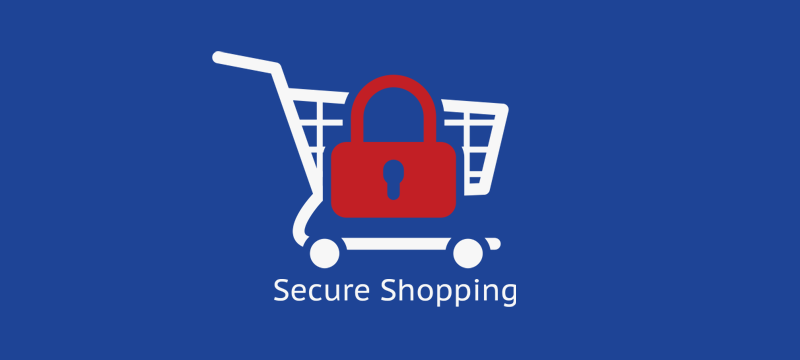Magento is a superb platform for building eCommerce stores, however, like any kind of website, it faces threats from cybercriminals who will exploit any vulnerabilities to infect your site, steal your data or defraud your customers. It is critical, therefore, that you keep your Magento site as secure as possible and, in this post, we’ll show you six ways to put this into place.
- Choose secure hosting
Website security should begin even before your site is launched and that means finding a hosting provider and package that will keep your store as safe as possible. When it comes to the provider, you want them to have anti-hacking and anti-malware technology in place, such as firewalls and intrusion scanners that can automatically discover and block malicious activity before it can do any harm.
When it comes to a hosting package, the most secure solutions are those where your site doesn’t share a server with other users – so avoid shared hosting and opt for VPS, cloud or dedicated server options. For additional security, using a dedicated Magento hosting package will mean the server will be configured especially for Magento, improving both its security and performance. - Keep your software up to date
One of the reasons software keeps getting updated is because older versions have vulnerabilities. While they may not have these vulnerabilities when they are first released, advances in hacker sophistication mean new ways of exploiting software can be developed. The most effective way to protect sites is for software developers to release an updated version that has removed the weakness.
What this essentially means, is that if you are using older versions of Magento or any extensions, you might be leaving the back door open for cybercriminals to exploit. And with hackers sending out bots to search the internet looking for these vulnerable sites, it’s only a matter of time before they find you and launch an attack.
For this reason, it is important that you update as soon as a new version is released. Magento 1 users, in particular, should take note of this. This old version of the software has now been superseded by Magento 2 and thus lacks the security enhancements and user support that Magento 2 offers. - Beef up your login
When it comes to hackers trying to log in to your website, don’t imagine for a minute that it is a person trying to guess your username and password. Instead, it will be a very smart piece of technology that has access to vast databases of stolen login details and which uses clever algorithms, backed up by artificial intelligence, to calculate the right characters to input.
If you are using commonly used or default usernames, like ‘admin’ or weak passwords, these superfast hacking tools can get access in minutes. Once they are in, of course, they have full access to your website’s files, your users’ data and everything else you have stored in your website folders. To avoid this, combine strong usernames and strong passwords and if you have other users who can log in, enforce strong passwords on them, too.
Perhaps the most secure method is to use two-step authentication. With this way of logging in, a special, one-time-only code is sent to your mobile phone during the login process and this needs to be inputted, along with the username and password, before access is given. Essentially, this means that no-one can log in to your admin account unless they have your mobile phone with them. - Protect transactions with SSL
An SSL certificate, which encrypts payment data as it’s sent from the user to your website, is essential for all eCommerce sites. Indeed, a payment gateway wouldn’t allow you to take payments on your site without one as it risks the possibility of sensitive data being stolen during transit.
Additionally, the lack of an SSL certificate would mean browsers would label your site as ‘not secure’ in the address bar which can prevent many potential customers buying from you. With an SSL certificate, ‘not secure’ is replaced by the secure green padlock icon. - Use an application firewall
One type of hacking is called a MYSQL injection and this is where cybercriminals use form fields on your website to inject malicious code that provides them with access to your admin area. Web application firewalls are designed to block such attempts. You may find that the hosting package you opt for already provides such security; however, if not, then Magento users are advised to use their own. - Install a security extension
There is a range of high-quality security extensions that you can install to protect your store. These range from two-factor authentication add-ons to more sophisticated extensions that defend against brute force attacks, bots, malware (Trojans, viruses, ransomware, etc,) and DDoS (Denial of Service) attacks. The best ones will enable you to block suspicious IPs or users with hacker-like behaviours, as well as sending you alerts when something untoward is happening.
Conclusion
Leaving your Magento store unprotected puts your entire business at risk. Hackers can take down your site, destroy your files, ransom you, steal personal data and use this to defraud your customers. Hopefully, the points we have mentioned here will help you to make your Magento site more secure for you and your customers.
If you are looking for secure, dedicated Magento hosting, check out our Magento hosting packages.

